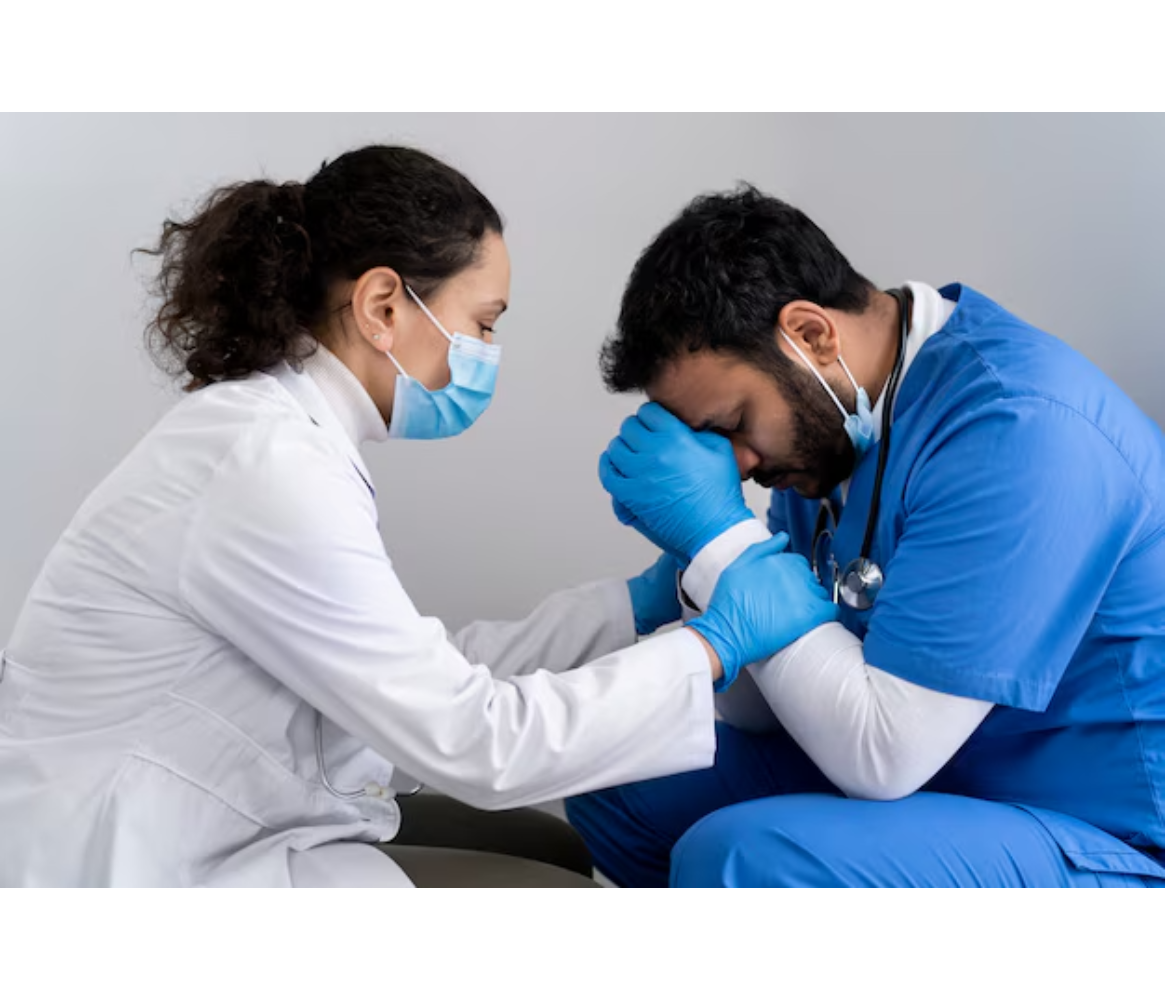Trauma in Orthopedics refers to injuries caused by external forces that impact the bones, joints, ligaments, muscles, and tendons. These injuries can result from accidents, falls, sports injuries, or violent encounters. Common orthopedic traumas include fractures, dislocations, and soft tissue injuries, which often require urgent medical attention.
Diagnosis typically involves imaging techniques like X-rays, MRI, and CT scans, along with a physical examination. Treatment varies depending on the severity of the injury and may include non-surgical methods such as immobilization and physical therapy, or surgical interventions like fracture fixation and joint reconstruction.
Rehabilitation is crucial for recovery, often involving physical and occupational therapy to restore mobility and function. Complications such as infections, non-union of fractures, and post-traumatic arthritis can occur, emphasizing the need for long-term follow-up.
Special considerations are required for pediatric and geriatric trauma, as children may face growth plate injuries, and the elderly are more prone to fragility fractures, particularly hip fractures. Preventive measures, such as using protective gear, fall prevention strategies, and safe practices in sports, can significantly reduce the risk of trauma
The role of an orthopedic trauma surgeon is critical in managing complex injuries, often working in emergency settings to provide life-saving care. Advances in minimally invasive surgery, biologic treatments, and 3D printing are transforming trauma care, with a future focus on robotic surgery, artificial intelligence, and telemedicine enhancing patient outcomes.





